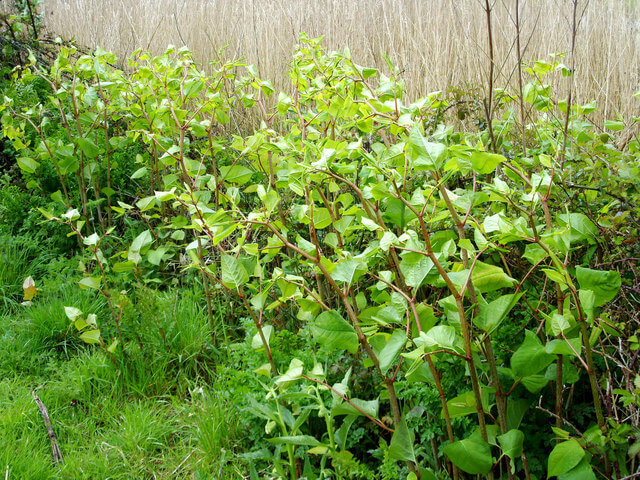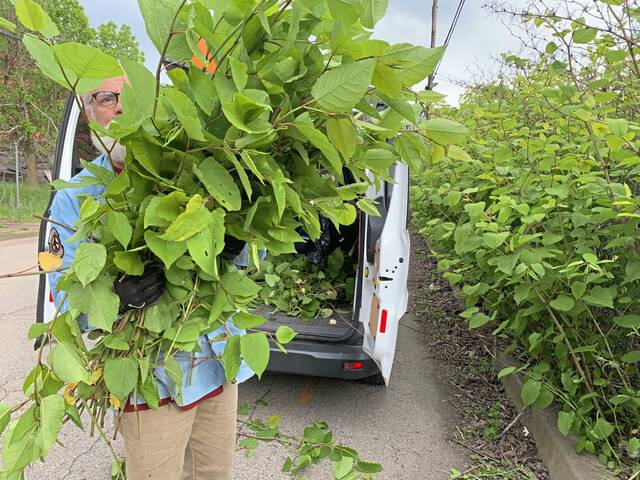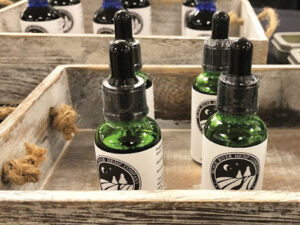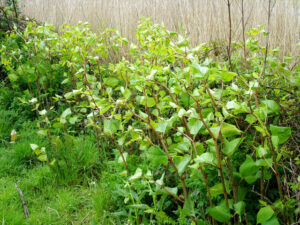How to Identify Japanese Knotweed

Japanese Knotweed, scientifically known as Fallopia japonica, is a highly invasive plant species that can wreak havoc on your property if left unchecked. Originally introduced as an ornamental plant, Japanese Knotweed has now become a nightmare for many homeowners due to its aggressive growth and destructive nature.
Identifying Japanese Knotweed on your property is crucial for effective management and prevention of its spread. In this comprehensive guide, we’ll walk you through step-by-step on how to identify Japanese Knotweed and what measures you can take to control its growth.
Step 1: Understanding Japanese Knotweed
Before we delve into identification methods, it’s essential to understand the key characteristics of Japanese Knotweed:
- Appearance: Japanese Knotweed typically grows up to 10 feet tall with bamboo-like stems that are hollow and speckled with reddish-brown spots. The leaves are broad, heart-shaped, and arranged in a zigzag pattern along the stems.
- Growth Pattern: This invasive plant grows rapidly, forming dense thickets that can crowd out native vegetation. It thrives in a variety of habitats, including roadsides, riverbanks, and residential properties.
- Seasonal Changes: Japanese Knotweed exhibits distinct seasonal changes. In spring, reddish shoots emerge from the ground, which quickly grow into tall stems with lush green foliage. In autumn, the leaves turn yellow before the plant dies back for the winter.
Step 2: Conducting Visual Inspections
Visual inspections are the most straightforward method for identifying Japanese Knotweed on your property. Here’s what to look for:
- Stems: Check for tall, bamboo-like stems with reddish-brown speckles.
- Leaves: Look for broad, heart-shaped leaves arranged in a zigzag pattern along the stems.
- Shoots: During spring, keep an eye out for reddish shoots emerging from the ground.
Step 3: Seeking Professional Assistance
If you’re unsure about the presence of Japanese Knotweed on your property, consider seeking assistance from professionals. Botanical experts or environmental consultants can conduct thorough surveys to identify and assess the extent of infestation. Please take a moment to visit japanese knotweed removal Manchester to find more tips and information on how to identify japanese knotweed.

Step 4: Using Online Resources
Numerous online resources and databases provide information and images to help you identify Japanese Knotweed accurately. Websites maintained by agricultural agencies, universities, and environmental organizations offer valuable insights into recognizing this invasive species.
Step 5: Confirming Identification
Once you’ve identified a plant that resembles Japanese Knotweed, it’s crucial to confirm its identity. Consult with local authorities, extension offices, or botanical gardens to verify your findings. Misidentification can lead to ineffective treatment methods and further spread of the plant.
Step 6: Implementing Control Measures
If Japanese Knotweed is present on your property, swift action is necessary to prevent its spread. Effective control measures include:
- Herbicide Treatment: Chemical herbicides are commonly used to control Japanese Knotweed. However, it’s essential to follow application guidelines carefully to minimize environmental impact.
- Mechanical Removal: Digging up the plants or cutting them down can help reduce infestation. Be sure to dispose of the plant material properly to prevent regrowth.
- Barrier Installation: Installing root barriers can help contain the spread of Japanese Knotweed by preventing its rhizomes from spreading underground.
Conclusion
Identifying Japanese Knotweed on your property is the first step towards effective management and control. By familiarizing yourself with its key characteristics and implementing appropriate control measures, you can protect your property from the damaging effects of this invasive plant species.
Remember, early detection and intervention are crucial in preventing the spread of Japanese Knotweed. If you suspect its presence on your property, don’t hesitate to seek professional assistance for accurate identification and management strategies.





